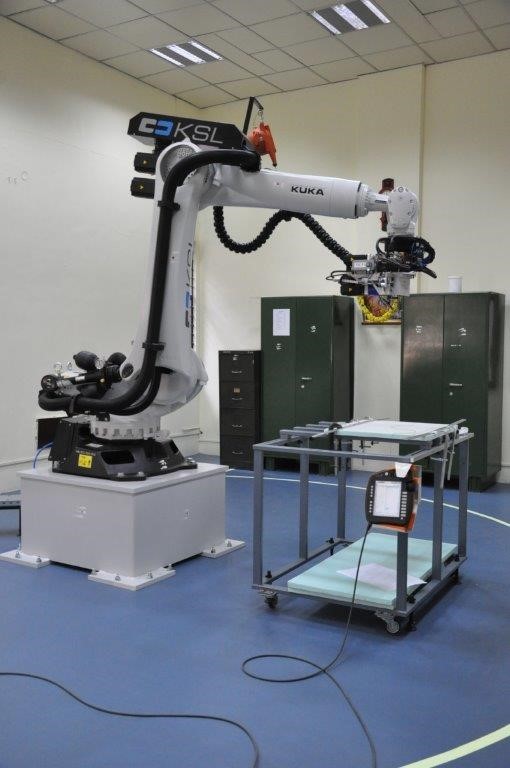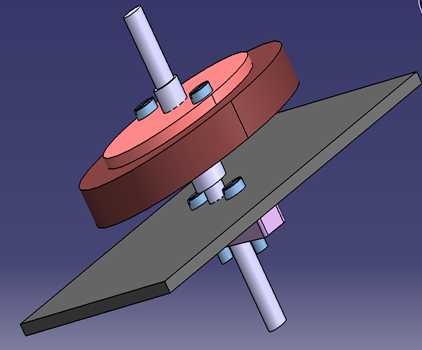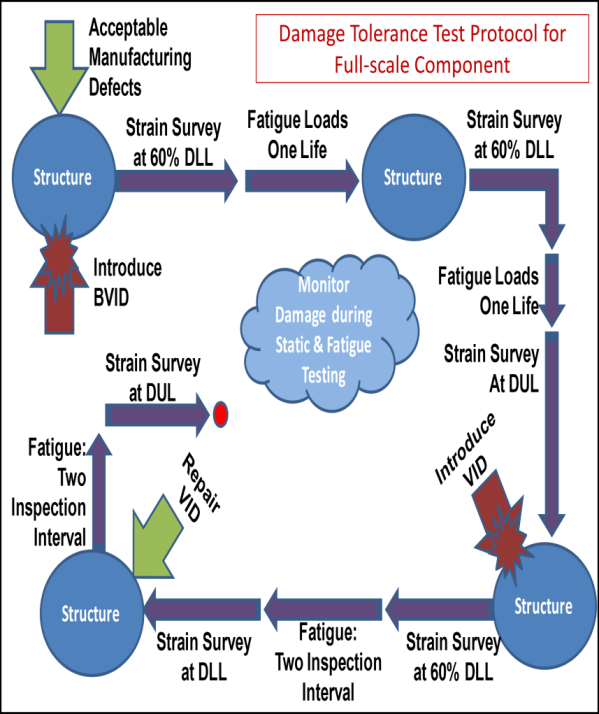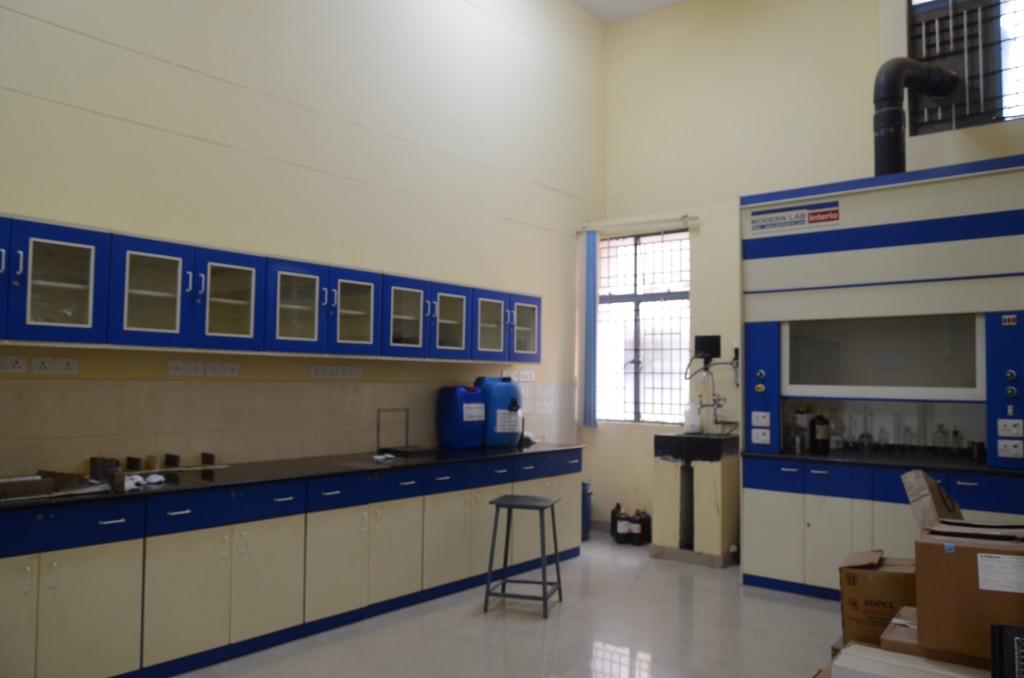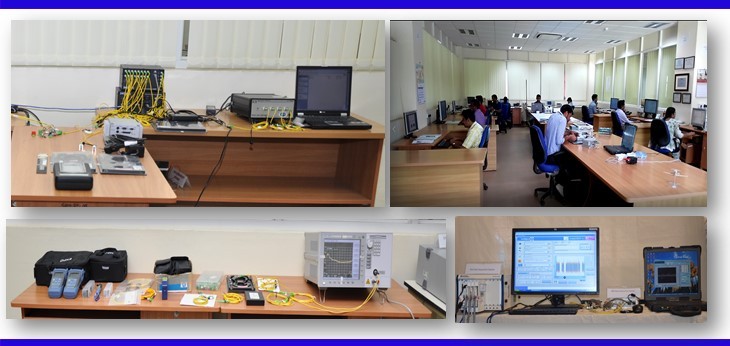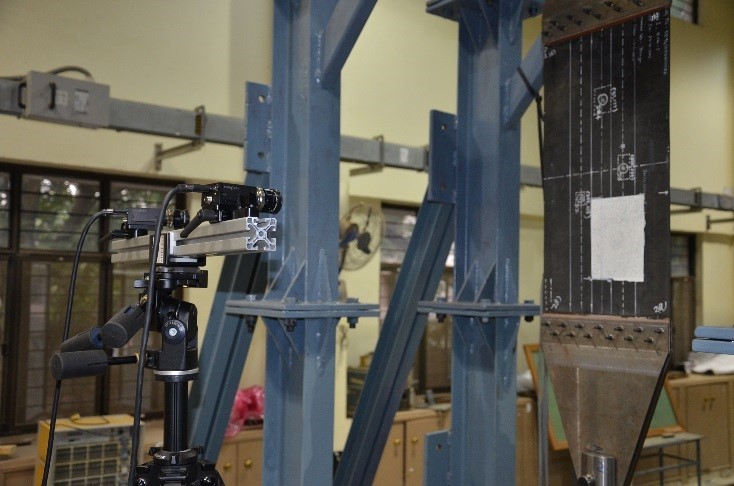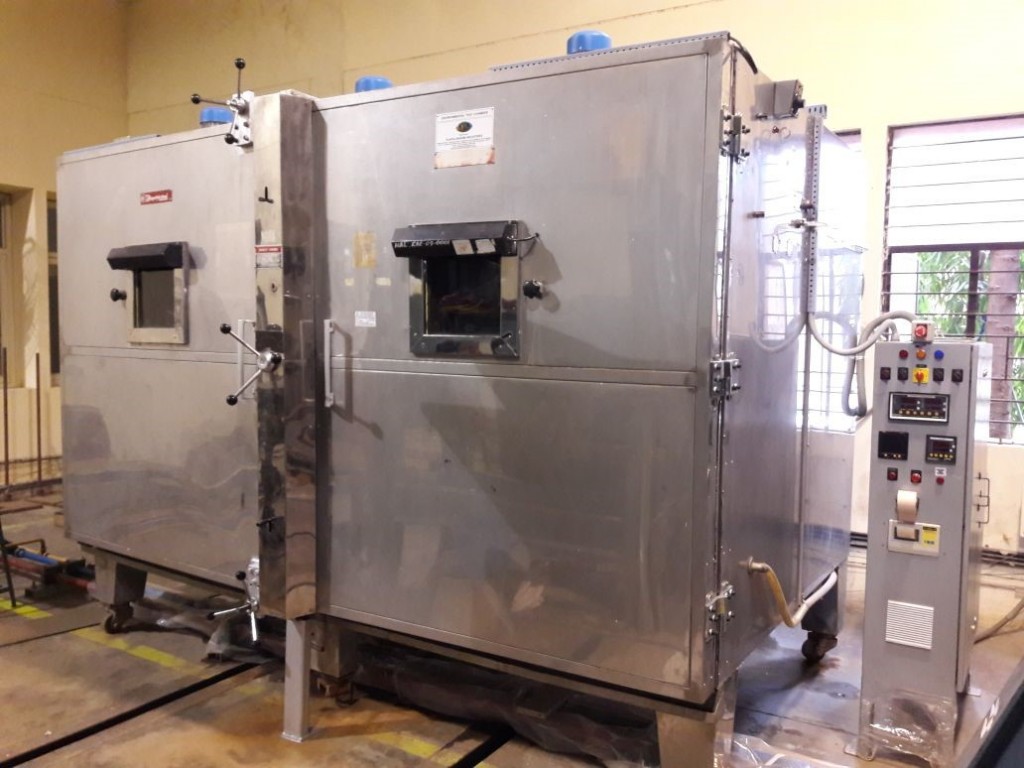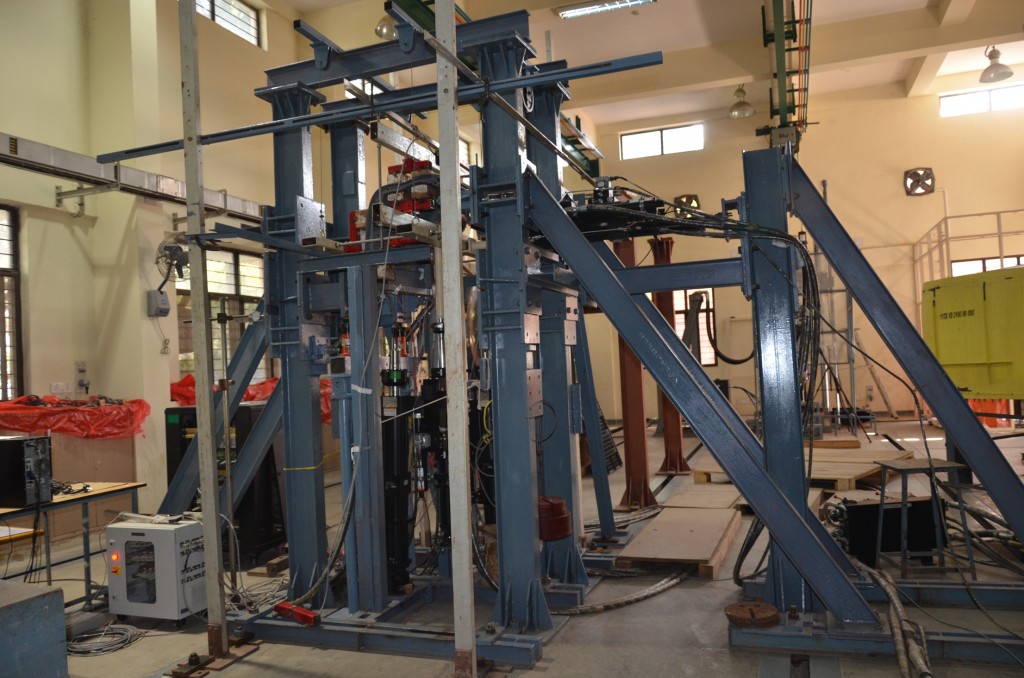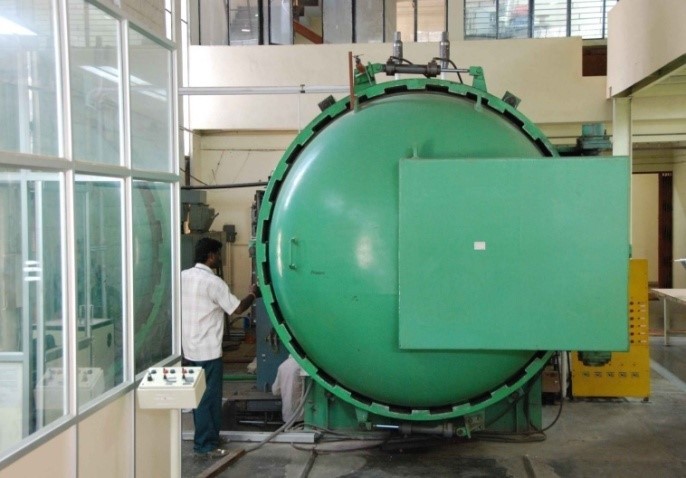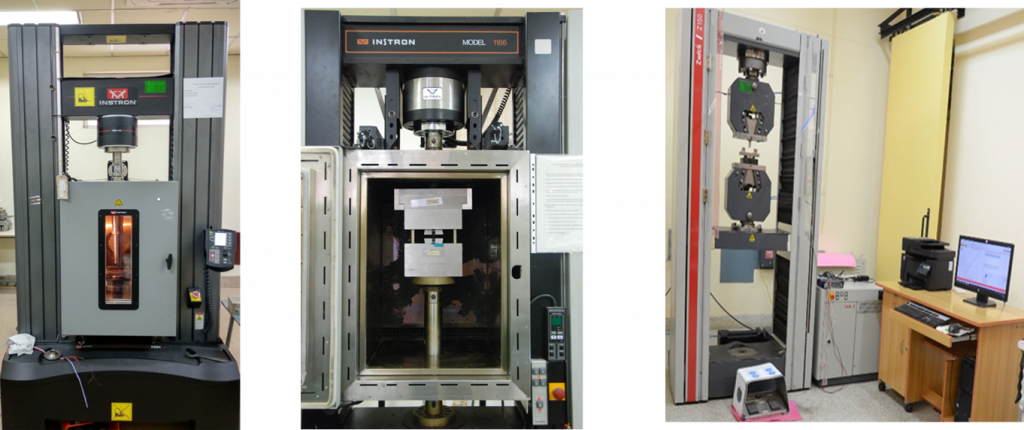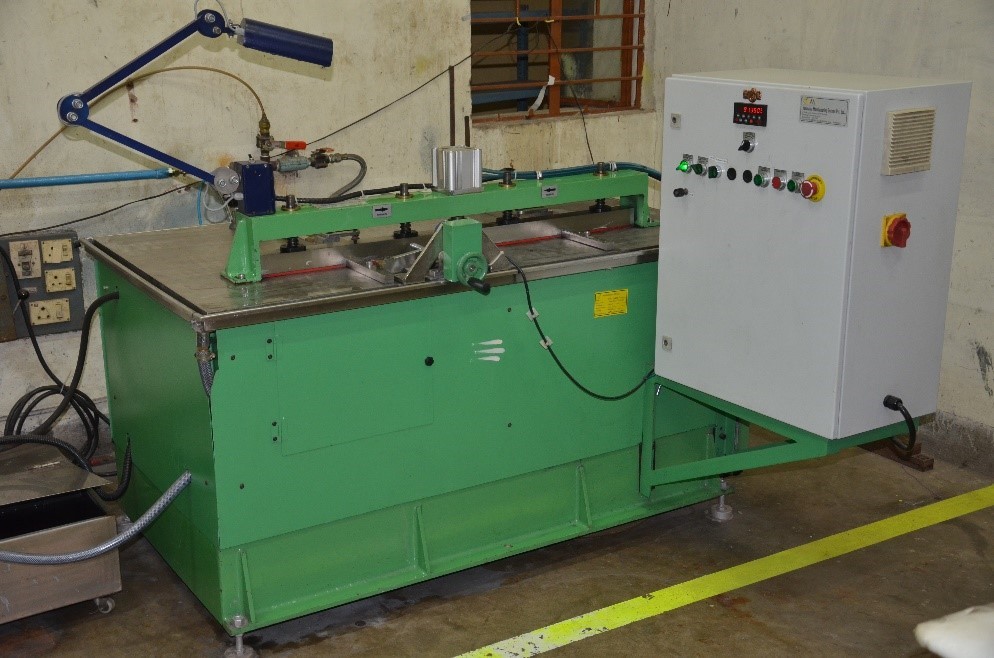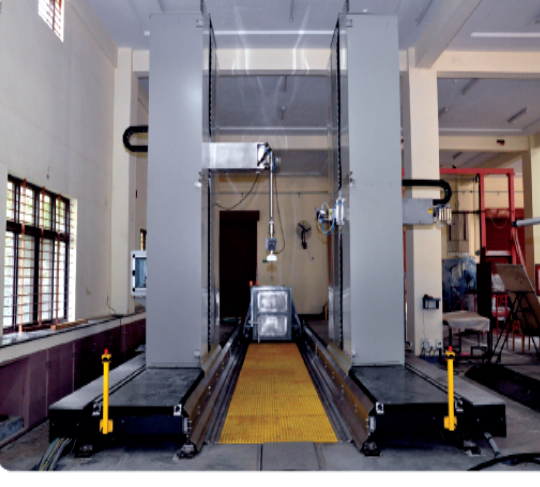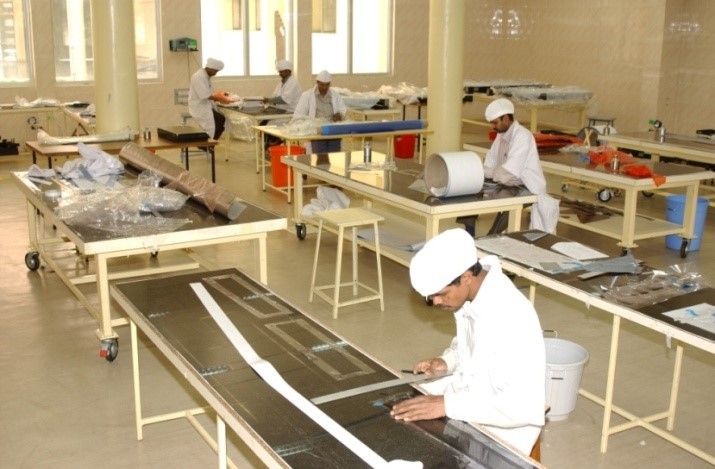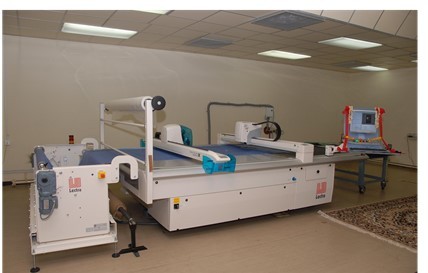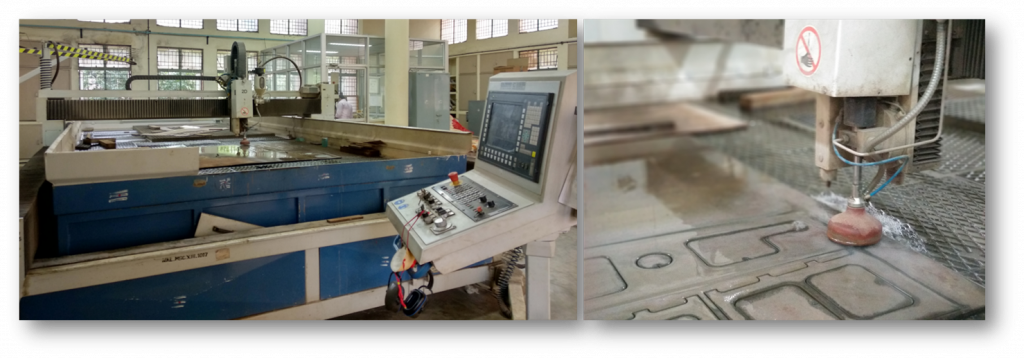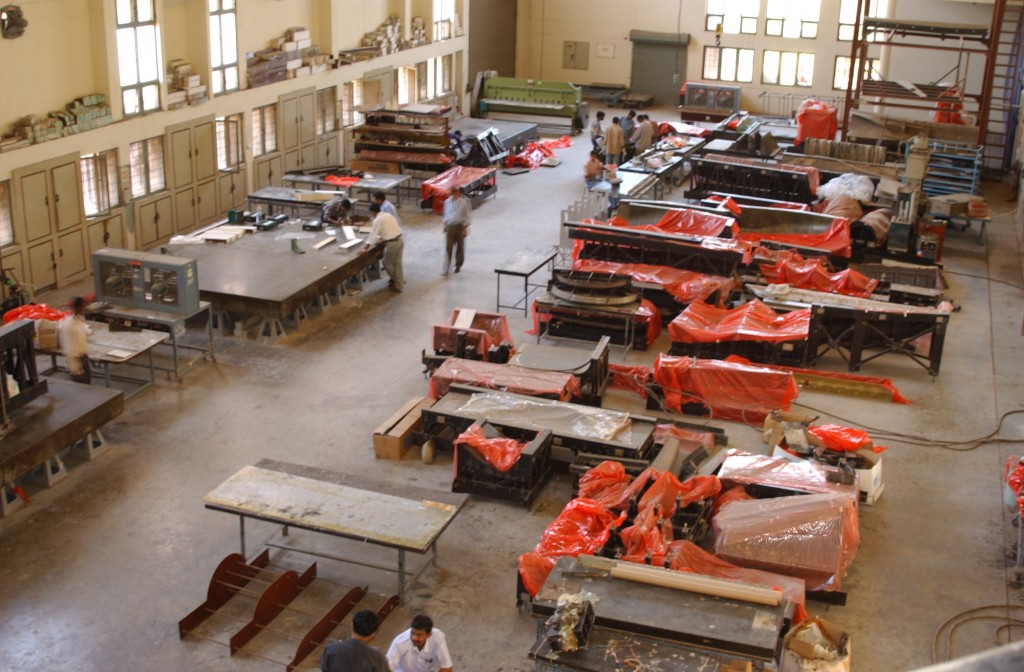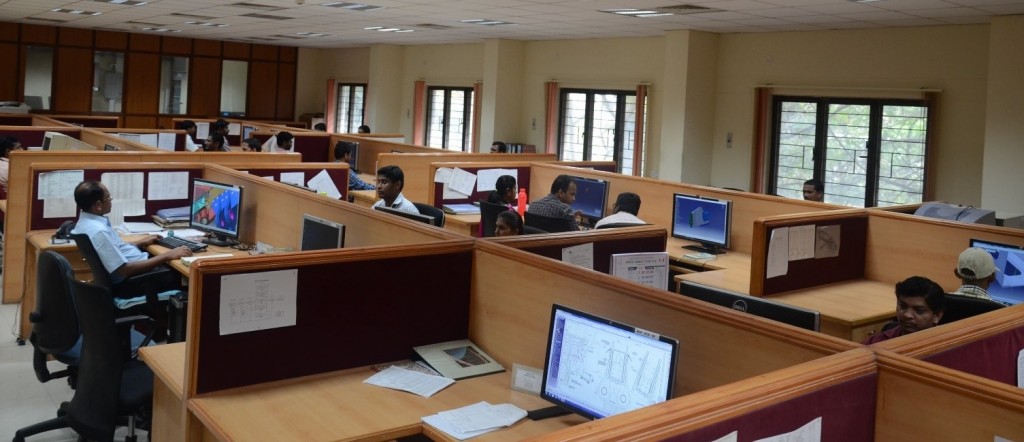
Forming
In the conventional successive lamination technique, only a single ply is normally handled at a time and shaping of the ply is done by hand simultaneously during lamination. This is very appropriate for small scale production requirements. However, for higher production volumes successive lamination technique may not be efficient as the time and costs involved will be higher. In the prepreg forming technique, a group of plies are first stacked in a planar form and then formed (shaped) to the desired shapes in the contoured mould using a press before being cured in an autoclave under elevated pressure and temperature.
The press is capable of forming various complex profiled C-sectional parts. Parts with varying C-sections and thicknesses up to 6mm using Bi-directional carbon-epoxy prepreg material can be formed using both concave and convex type tooling in the press. The forming process can lead to a lamination time reduction by about 30% to 40% as compared to the conventional successive lamination technique apart from drastically simplifying the manufacturing process itself.
Specification :
Dimensions:
Closed 3500 x 1800 x 1800 mm
Open 3500 x 1800 x 2160 mm
Working Space: 2800 x 1300 mm
Vacuum pressure: 997 mbar
Operating Temperature: 120 °C
Membrane Elasticity: 700% high temperature resistance up to 180°C
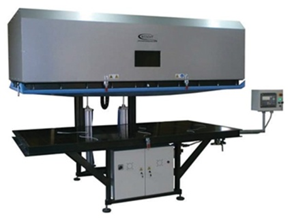

 English
English हिन्दी
हिन्दी